Vanilla prices are dropping and we’ve reduced our prices to you.
Three years of soaring prices that made vanilla more costly than silver have finally, definitively, ended.
The question is how low will pure vanilla go.
Despite the Madagascar government’s efforts to set a price floor at $350 a kilo, still exorbitant by historical standards, hedging the downside is the obvious bet.
No bureaucracy on earth -- even the best run, which Madagascar’s is not -- can forever thwart large and powerful global market forces.
Big Crop on Its Way
All signs point to a big, healthy crop this fall in Madagascar, the world’s largest and highest quality vanilla producer. Crop estimates have jumped from 1,200 to as high as 2,000 metric tons this season. Madagascar is where we buy the vast majority of our vanilla beans.
Quality should be great. The counterintuitive logic of vanilla markets is that the higher the price, the worse the quality, and vice versa. High prices provoke rampant theft, premature picking, “quick curing,” and all manner of horrible practices that wreck quality. Lower prices calm these behaviors.
Everywhere we looked last summer in the Sava region seemed to be covered with newly planted vanilla vines, as farmers jumped on the black-gold bandwagon.
Those plantings, induced by four years of stratospheric prices that topped out at an astonishing $600 a kilo, are now coming to harvest. Hundreds of tons of vanilla from last year’s crop may still be in the country.
Barring some disaster, when the new harvest arrives in October, pressure to sell may be overwhelming.
Demand is Weak
The big crop will meet a demand crippled by Covid 19. The virus and subsequent lockdowns wreaked havoc on restaurants, bakeries and food service. Food companies that served downtown office workers have gone bankrupt. Restaurants have taken a brutal hit.
Strong retail demand for vanilla to use in home cooking and baking has offset some of that decline. But overall, rising vanilla supplies are meeting soft demand.
This is good news for our customers who have stuck with pure vanilla, especially those committed to organic ingredients. Nothing beats pure vanilla, and pure is once again reasonable.
Two notable anomalies set this vanilla commodity cycle apart from the last crisis in 2003, and help explain why vanilla prices are down 50 percent from their peak, but haven’t completely crashed, yet.




Other Regions Never Stepped Up
The first is that farmers in vanilla regions outside Madagascar, with one glaring exception, did not radically increase their vanilla plantings. During the last cycle, a surge in vanilla production from Indonesia, India, the Pacific Islands and Uganda precipitated a crash. Prices plunged from over $450 to $25 a kilo. Desperate sellers were practically giving away top-quality pure vanilla.
We kept expecting to see more production outside of Madagascar, but it never really materialized. Quantities rose, but failed to reach critical mass. We think farmers got burned so badly the last time that they were loath to repeat the experience.
The lone exception is Papua New Guinea, where the country’s primary exporter persuaded farmers to keep planting after the last collapse. PNG’s production proved critical to maintaining pure vanilla supplies and providing ballast to Madagascar’s price increases during the latest crisis. The country has rocketed from obscurity to the number two position behind Madagascar in world vanilla production.
But overall, the other vanilla regions never flooded the market with vanilla beans, and quality never came close to Madagascar’s. If anything, Indonesia cemented its bottom-of-the-barrel reputation. Uganda proved it could produce great vanilla, but quality remained spotty. In Mexico, vanilla’s birthplace, production remained negligible despite soaring prices.
Madagascar Government Slaps on Price and Export Controls
Another big difference this time: the Madagascar government is actively intervening in the vanilla market to forestall a price collapse. So far, surprisingly, it has met some success, thanks in part to Covid 19.
Prices were falling fast last January and February and a crash seemed imminent. For the first time since the early 1990s, the government, headed by the populist former disc jockey Andry Rajoelina, issued a decree establishing a floor price of $350 a kilo for all exported vanilla.
The government even set minimums on farmer-owned, partially cured vanilla known as VRAC, an increasingly important supply that reflects farmers’ efforts to wrest market power from exporters.
The government also banned exports after June 30, ostensibly to prevent premature picking. The ban is supposed to be lifted Oct. 15 when the new 2020 crop becomes available. The Oct. 15 date, if it holds, will provide a critical test, both of market conditions and of the government’s capacity to intervene.
What is surprising is that despite efforts by exporters to evade the controls, prices have held fairly firm just below the government-set price.




Covid 19 Delays Shipments
Covid played into the government’s hands by limiting flights inside and out of the country. Cargo is backed up by weeks in the Sava. Cargo problems are plaguing Papua New Guinea. All this helps prop up prices.
The government’s success stalling a freefall in vanilla prices will doubtless embolden further price and export controls. Lack of reliable production outside of Madagascar will bolster the government’s efforts.
October Surprises
But as we said at the outset, supply and demand will prevail in the long run. In this case, the long run extends no further than October, when a big crop meets weak demand. Despite the plunge in vanilla prices from their peak, vanilla remains vastly more expensive than it was even six years ago.
We’re keeping inventories at a minimum. Our big risk is that we must buy beans to cover orders between now and Oct. 15, not knowing whether the government might change that date.
Conditions remain ripe for further price reductions, and potentially a crash. For our customers who kept buying our premium pure and organic vanillas through the price spike, this is fantastic news.
For those of you who were forced by insane prices to abandon pure vanilla, or resort to inferior extracts made from quick-cured vanilla beans or inferior “cuts,” those industrial grade products that we don’t make, it’s time to come home to the real thing.
At Cook's, we are intensely proud of our cold-percolated premium vanillas made from Madagascar’s finest vanilla beans. We hand select our beans, work directly with farmers, and deliver the finest extracts at fair prices.
This is bean-to-bottle quality. It’s our business model and it never changes, no matter the market.
Call us any time. We love to hear from our customers. You’re why we’ve been in business for more than 100 years.
Sincerely yours,
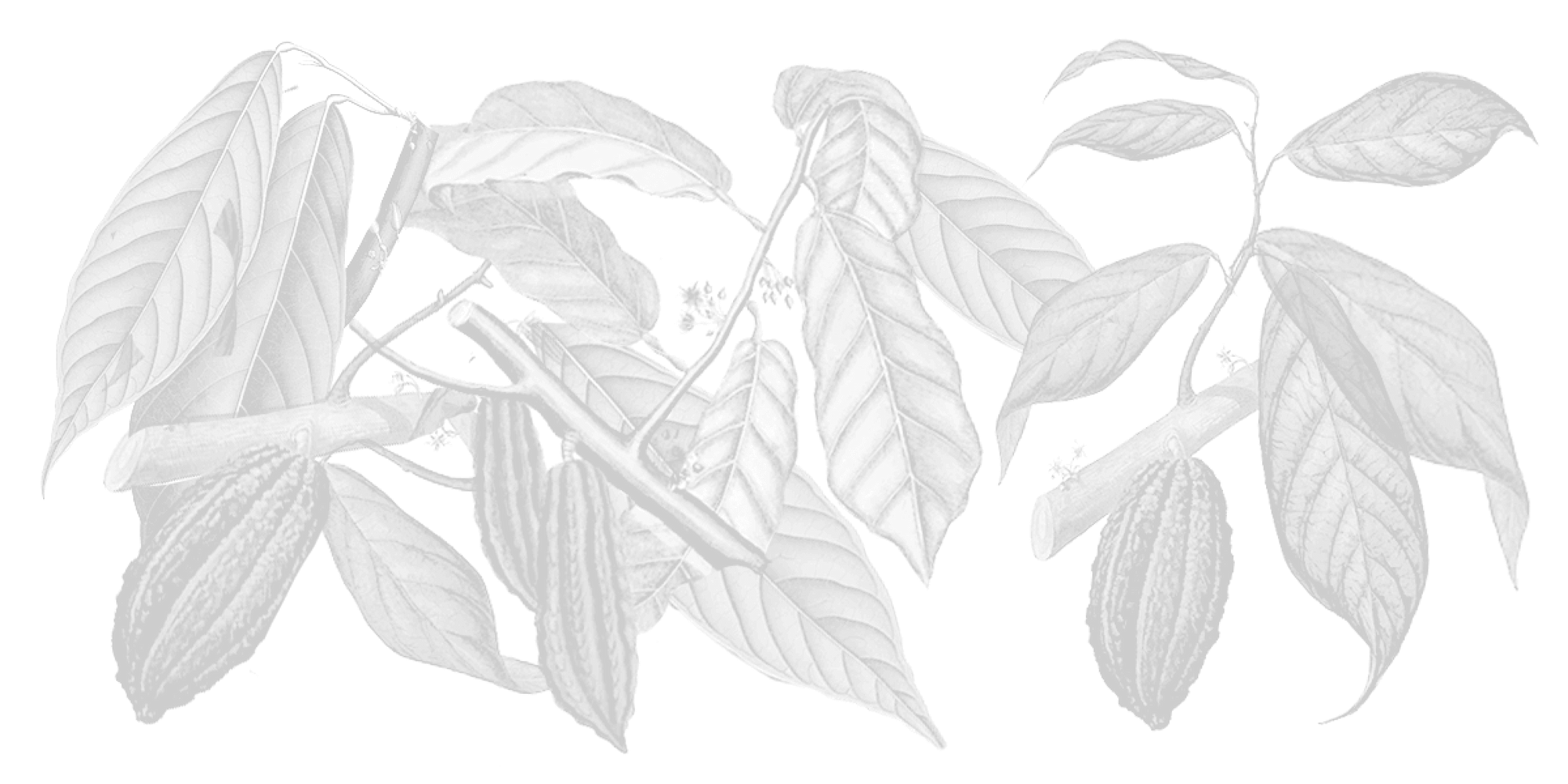
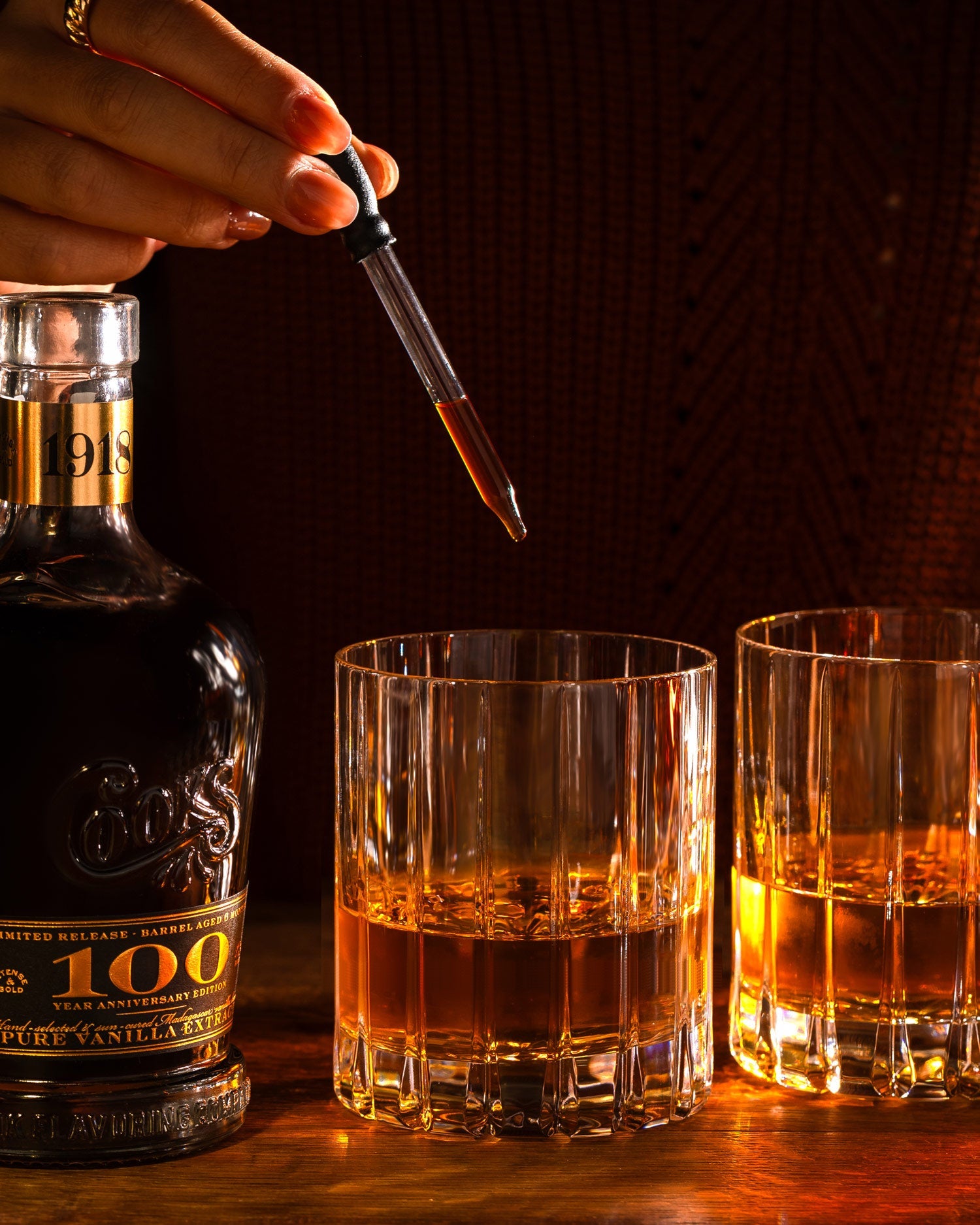

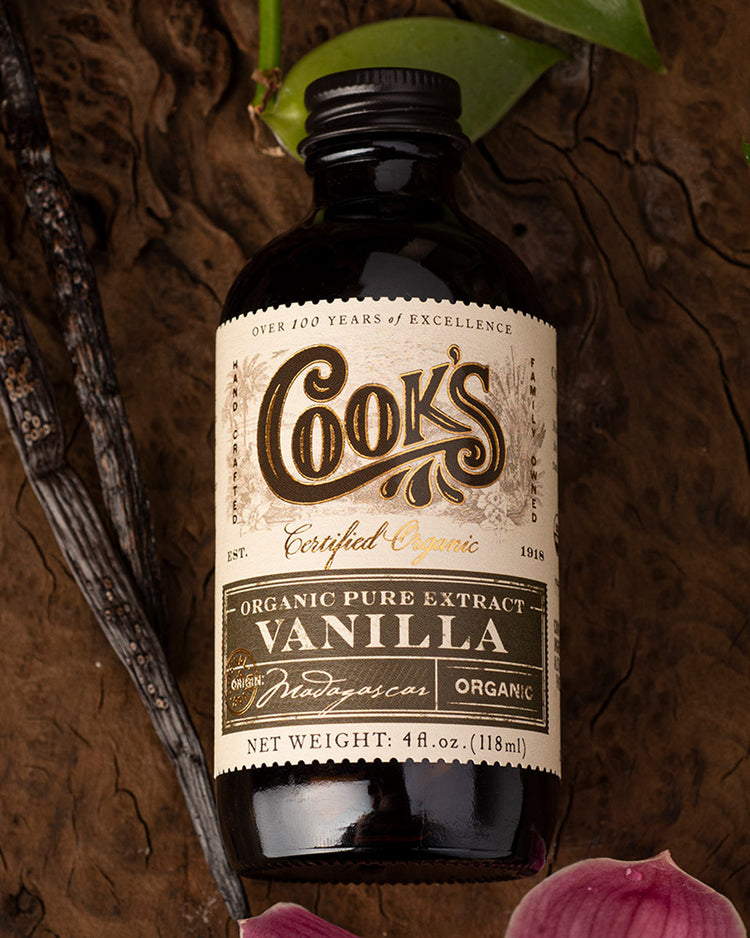
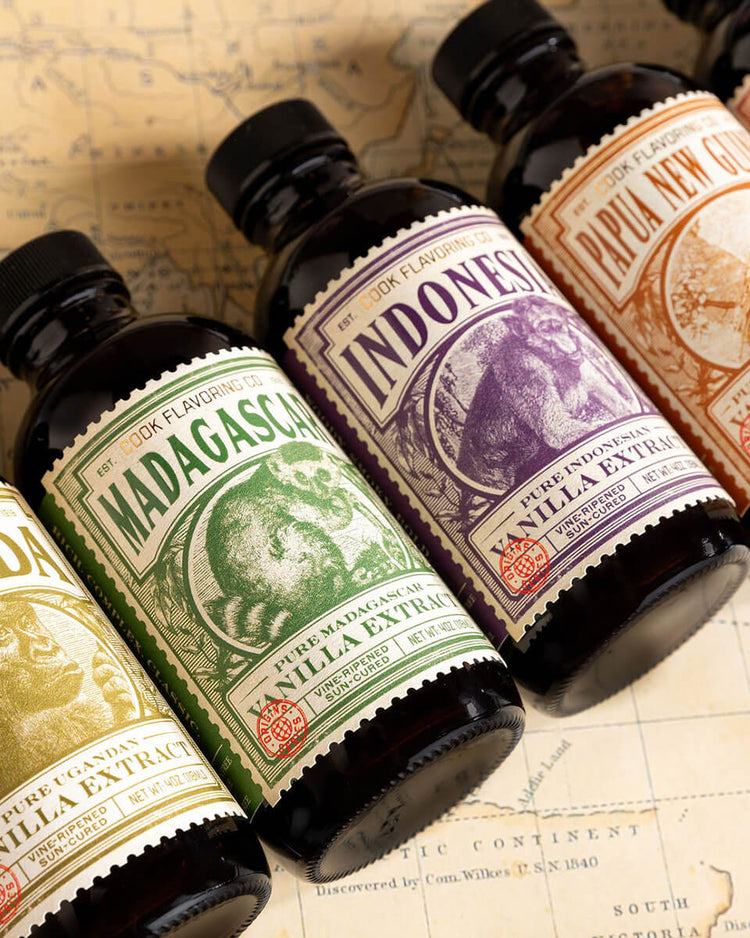


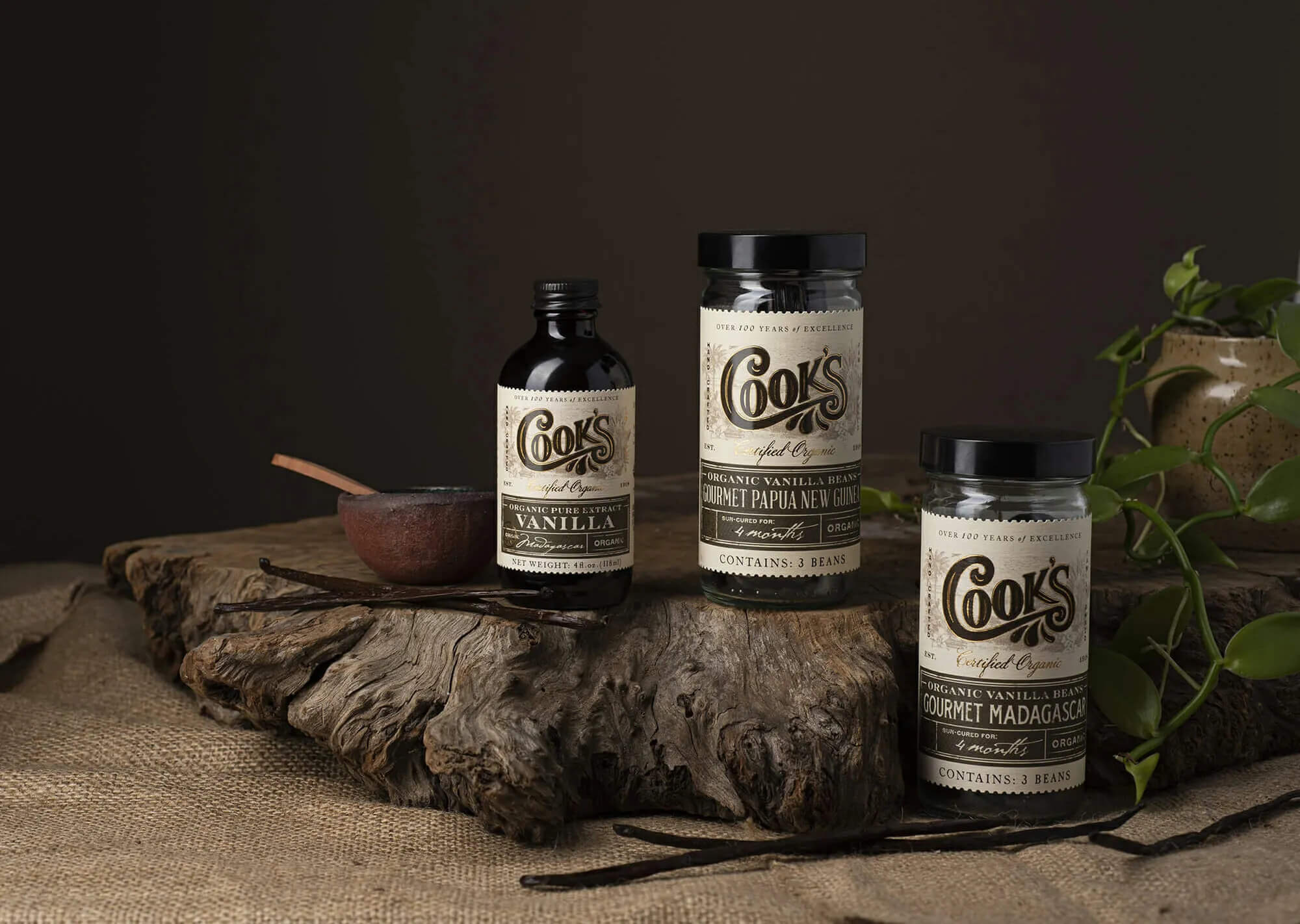
Comments